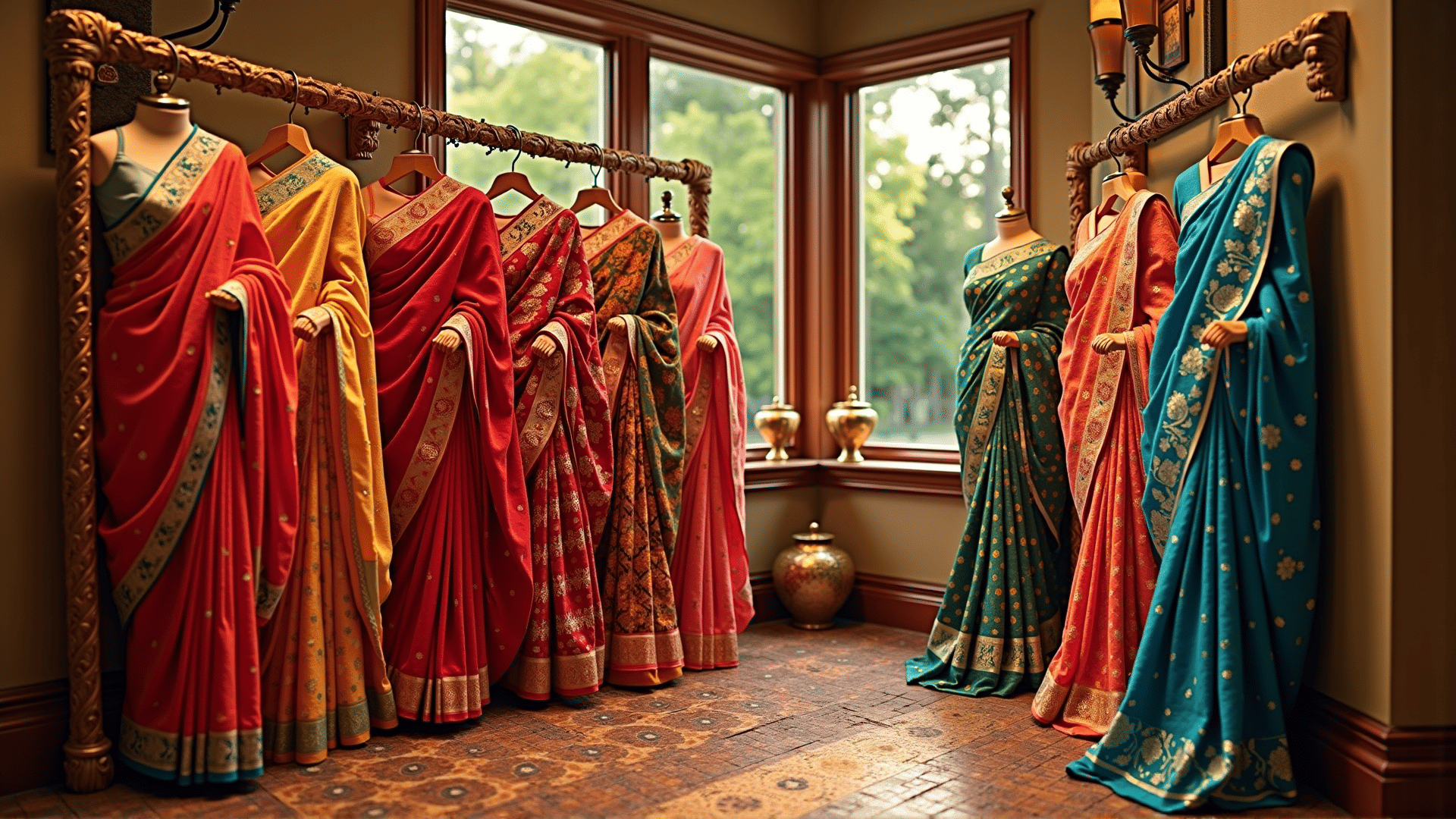In an age where fast fashion often dominates our wardrobes, there exists a timeless allure in the intricate art of traditional Indian weaves. Each piece of fabric tells a story, woven with threads of history, culture, and innovation. As we explore the beauty of these exquisite creations, we are not only celebrating the artistry but also paying homage to a legacy that has been passed down through generations.
India, with its vast and diverse cultural tapestry, offers a rich variety of traditional weaves, each region boasting its unique style and technique. From the opulent Banarasi brocades of Varanasi to the ethereal Chanderis of Madhya Pradesh, the vibrant Patolas of Gujarat to the intricate Kanjivarams of Tamil Nadu, each saree echoes the distinct cultural narratives of its origin.
Consider the Banarasi saree, renowned for its fine silk and exquisite zari work. It is a testament to the city of Varanasi's historical significance as a textile hub. Traditionally reserved for royalty, these sarees are distinguished by their detailed motifs and shimmering gold and silver threads, making them an eternal symbol of opulence and grace.
Travel south, and the Kanjivaram sarees greet you with their rich, lustrous silk and vibrant colors. Woven in the town of Kanchipuram, these sarees are known for their contrasting borders and remarkably crafted temple motifs, resonating the grandeur of South Indian heritage. The weavers use pure mulberry silk thread, with each saree taking weeks, sometimes months, to be completed, reflecting the dedication and expertise of the artisans.
In the western part of India, the Patola sarees of Patan are known for their sheer complexity. Utilizing a double ikat technique, these sarees are reversible, displaying the same intricate patterns on both sides. The precision required for dyeing each thread before weaving is remarkable and is a testimony to the meticulous craftsmanship of the weavers.
On the eastern frontier, Bengal showcases the Dhakai Jamdani, a weave that highlights extraordinary skills with its intricate flowered or geometric designs. Lightweight and airy, Jamdani sarees are perfect for the region's warm climate. The finesse of these handwoven masterpieces elevates them to a new pinnacle of elegance and sophistication.
What makes these traditional weaves even more captivating is their sustainable nature. Handwoven fabrics are inherently eco-friendly and support the livelihood of countless weavers, keeping age-old traditions alive. Today, these weaves continue to inspire modern designers, blending state-of-the-art fashion with classic elegance, reaching fashion enthusiasts worldwide.
In celebrating traditional weaves, we not only embrace the allure of these handcrafted wonders but also contribute to preserving a vibrant heritage. By recognizing the tireless efforts of artisans and advocating for their craft, we ensure that these beautiful stories, spun from the threads of history, continue to enrich and inspire the present and future generations.
The legacy of traditional Indian weaves is more than just clothing; it is a piece of art, a symbol of cultural identity, and a testament to the enduring craftsmanship that defines India. Whether draped as a saree or transformed into contemporary attire, these weaves possess an unmatched elegance, reflecting the unique fusion of tradition and artistry that has thrived throughout the ages. As we uncover this beauty, we are reminded that fashion is not just about what we wear but also about who we are and the stories we choose to tell.
